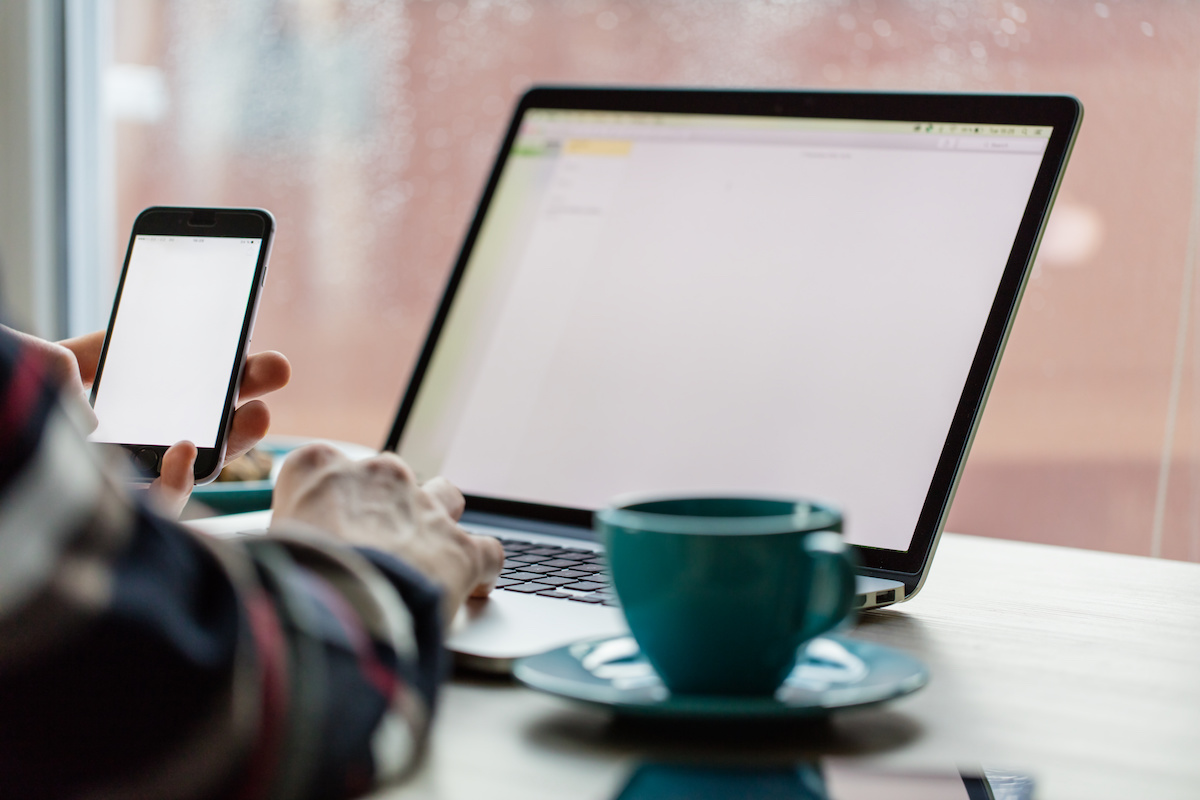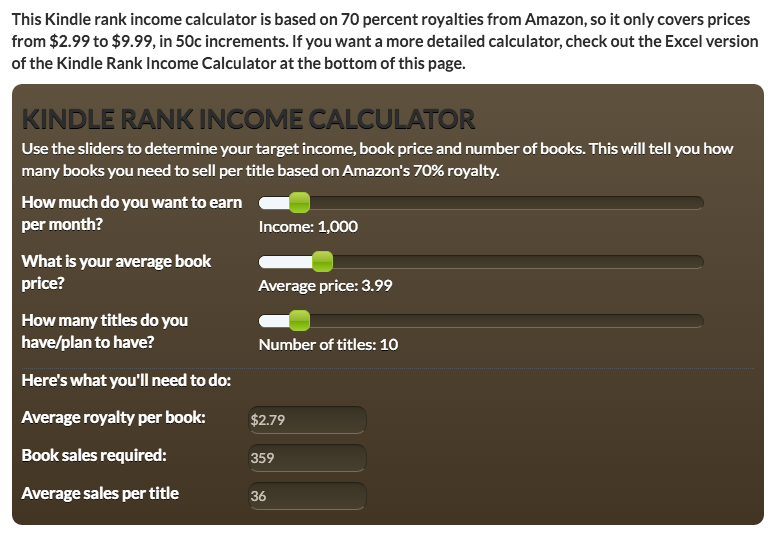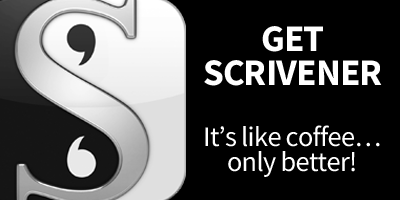Argh, how frustrating is it when you get to the point where you’re ready to publish your book, only to get stumped at the last turnpike because you can’t figure out what to price your published ebook at!
It happens to us all at some point, whether you’re writing fiction or non-fiction, it doesn’t matter, determining the best price for your ebook can be plain fear inducing.
Before we jump into how to do this, it helps to get a bit of an understanding of the publishing world, and in particular, the self publishing world.
In the latest Author Earnings report (released Feb 2016), it shows the trend in publishing over the past two years, noting that during that time, indie published books have got a larger market share compared with the big five publishing houses.
It’s important to note that this is for ebooks. This pretty graph paints the picture very clearly…
Indie published books are kicking the pants off the big five! Followed closely by Small and Medium publishers.
How does this help in pricing your ebook you might be wondering? Hang on, I’m getting there 😉
This little excerpt from the Author Earnings report should signal why I’m mentioning this stuff first:
“Amazon’s Overall Best Seller Rankings aren’t a simple calculation based on each book’s single-day sales — they also factor in time-decaying sales from previous days as well.”
This is why you should be paying attention to your books and book pricing!
The lifecycle of your book, once it’s published on Amazon, is going to be long and varied. Initially, it is relatively easy to get a #1 best seller on Amazon with your Kindle book, but once that first 90 days disappears, that little excerpt above comes into play.
Pricing your ebook is not a set and forget action. It’s something you need to check and recheck on an ongoing basis, particularly when you take into account KENP – is your book in KDP Select or not?
Make sure you read that report from Author Earnings, it’s very illuminating, particularly when they are also reporting on print and audio books too 🙂
There has never been a better time to be self published…
Pricing Your eBook
As an indie author, the trend has been, at least in the past, to price your ebook around the $2.99-$3.99 price point, earning you 70% royalties and also meeting the demands of consumers looking for content to consume at a reasonable price.
While that worked for most of 2014 through 2015, since the inception of KENP — Kindle pages read — there has been a decline in sales, at least that’s been both Steve’s and mine experience, for books both in and out of KDP Select.
The resounding consensus is that if your book is in KDP Select, then you should price your book higher, around the $4.99 – $9.99 price point.
Now, before you run out and change your ebook pricing, there are a couple of things you should investigate first…
#1: How many books do you have?
Before you think about raising your prices, how many books do you have that are published? If you’ve got less than three, it’s probably fair to say that you’re just starting out. If you’re fairly new to publishing and the Amazon platform, consider starting your books at $2.99 for the first 90 days and then see how they do at $3.99.
From there, you’d want to review your books price-point every 30 days to see how they are doing at different price amounts.
Remember, you can sell fewer books at higher price points because you’re royalty is going to be higher, so factor this into the equation.
If you have more than 3 books published, then it’s fair to say you’ve started your author business and are planning to publish more and already have a reader base grabbing your books.
Consider starting your book pricing at $4.99 and see what happens over the next 30 days.
In a recent article, J.A. Konrath mentioned that he was planning to price his books at $6.99+ because he had seen a 25% decline in sales because of the increase in KENP he’d seen on his books. He’s a well established author, so it makes sense for him to increase his book pricing.
The key is to monitor your sales and see what happens.
Side Note: Steve and I are both running an experiment right now on a couple of our books, increasing the price on one that’s in KDP Select and one that’s not. We’ll report back in 30 days!
It’s also important to remember, there is no harm in pricing your book at $0.99 or $1.99 for a short time, but leaving it at that price point long term will only harm the sales of all your books.
However, if you have one book at $0.99 and then have the rest of your books priced at $4.99 or higher, then you can use the $0.99 book as your introduction book, running promotions to this.
This only works if your books are connected though, so keep this in mind when thinking about this pricing strategy.
#2: How much do you want to earn?
This is kind of important, but is something that a lot of first-time authors don’t think about.
If you’re publishing your book on Amazon, you’re doing it to make money, right? Why else would you publish it here?
So if you’re publishing on Amazon, what are your goals for the book? They can start small, but it pays to have an idea of what you’re expecting in return, otherwise your author business is going to get very wishy washy fast.
Author Gail Seymour has provided the best tool to help you work all of this out! You can check it out here.
It’s called the Kindle Rank Calculator and will help you figure out what you want to earn and how many books you need to sell to achieve that.
Once you’ve got that sorted, you can then reverse engineer and figure out the best pricing strategy based on royalty amounts.
The image below shows you how it works, it’s brilliant for working out where you want to take your author business and it also tells you where you should be putting your efforts in… getting traffic to your book page and/or paid promotions…
The key is to test as much as possible.
Another tool that you can try is the suggestion tool that Kindle provides when you reach the pricing page in your KDP dashboard, you know, where you’re setting the pricing of your book?
There is a button you can click (see above, called “view service”) that will show you the suggested price point for your book based on author sales in that genre.
This is a good place to start if you don’t know where to price your book. Activate what they advise and then monitor your sales for the next 30 days.
If sales drop, but your royalties stay the same or increase, then this is a good price point to leave your book at.
If sales drop off significantly and your royalties do too, then consider lowering your price by $1 and monitoring for a further 30 days.
Keep testing to see what works and remember, you should be reviewing your book data at least every quarter. If you’re not sure what you should be tracking, start with your book sales, price and best seller rank. These are key indicators of how well your book(s) are doing or not.
Check back here next month when Steve and I reveal the outcome of our little test on pricing!






